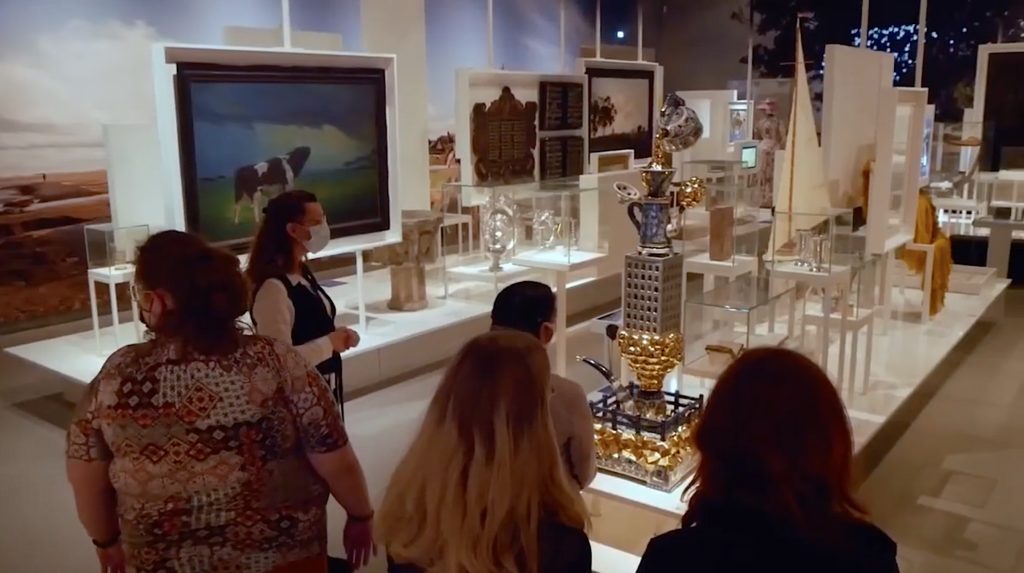Activity 20: Object Biographies: Stories of People, Stories of Things
Overview of the activity
Objects serve as tools for meaning-making and inspiration for creating new narratives together. Participants share the biography of their object and how it connects with their experiences, bringing together elements from the objects and their personal histories. This activity requires at least three sessions, lasting two to three hours each, and includes a visit to a cultural heritage institution such as a museum or archive.
Objectives
- Introduce the richness and meaning of heritage to the participants
- Give heritage new meanings and learn how to derive meaning from heritage in the current context
- Encourage creative thinking and imagination
- Learn how to create a life story and how to derive meaning from it
- Listen to other people’s life stories and learn to understand their point of view
| Duration (in minutes) | Min/max number of participants | Room/space requirements |
| One 4–6 hour session, or 2–3 shorter sessions. | There is no minimum or maximum for this activity |
|
| Minimum knowledge requirements of participants | Materials needed | Preparation |
| There is no minimum knowledge required of the participants. Provide linguistic support to participants who might need it, and/or allow them to work in their native language. |
|
No prior preparation is required |
Instructions
- Start the activity by visiting a museum with participants. Invite the participants to stroll through an exhibition, preferably accompanied by an expert from the museum.

- Once back in the classroom (or preferably in the same museum or heritage space), ask participants to choose an object that attracted them most. Ask them to get to know a little more about this object. The expert from the museum might help, they can also do research online using their devices.
- Invite the participants to derive meaning (a word, an expression, a reference) from the object they chose. Support them in this process if necessary.
- Invite them to form pairs and, in the middle of a large sheet of paper, write the word, expression or reference of one of the pairs derived in the previous step. Ask them to make life associations with that meaning, connecting it to their own lives. One of the pair should make associations while the other writes them down and asks questions. Encourage them to brainstorm and write all their ideas down. Switch roles after ten minutes.
- Ask participants to create a story based on the results of their life associations to the object (i.e. what they have recorded on paper). See if the participants, one at a time, can create a story by following a line in the association web. The other can help by prompts such as: Share with me a moment that …
- Ask the participants to work on the stories they created. Invite them to do this in groups of two to four people (each participant can have their own story, or they can create a story together).
- Let them work on the storyboards for at least 30 minutes, and give them more time if needed.
- Invite them to present the storyboards to each other.
[connecting stories]
Additional: Making an video
Invite the participants to make a video based on the storyboards they created. Stress that this does not have to be a professional video. It can be shot with a smartphone and edited with a simple editing program.
Learning outcomes / evidence collected
Storyboards and videos filmed and edited
Evaluation
Teaching tips, stories and experiences during piloting
It is useful to do some icebreakers proposed above (My Phone, Concentric Circles, etc.) to introduce the concept of heritage and engage in team-building before doing this activity. Some activities may arouse emotions. Be prepared for this and know how to handle them.
